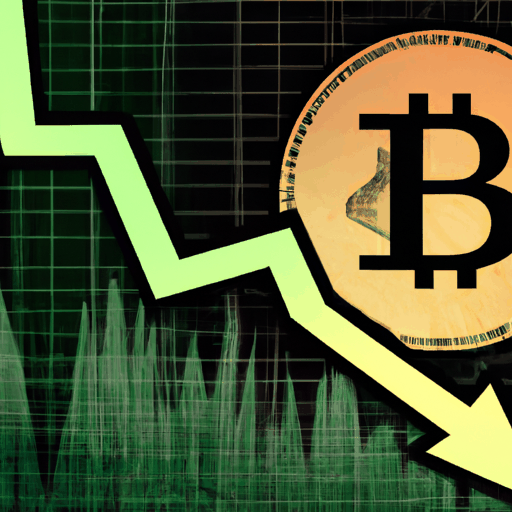
Bitcoin Prices Surge Amid Surprising Drop in US Producer Prices
By: Eliza Bennet
The cryptocurrency market witnessed notable movements following the release of the latest Producer Price Index (PPI) data from the United States, which showed a surprising decrease for August. This unexpected decline in the PPI suggests a potential easing of inflationary pressures, leading to a rally in both traditional and digital financial markets. The PPI for August fell by 0.1 percent, contrary to forecasts that predicted a 0.4 percent increase. Similarly, the Core PPI, which excludes the more volatile food and energy prices, also declined by 0.1 percent.
This deviation from expected inflation data comes on the heels of last week's employment figures, which revealed that US employment levels had been overestimated for the past year. A pronounced revision indicated that there were 911,000 fewer jobs than previously reported. This brought the unemployment rate to 4.3 percent, with nonfarm payrolls adding only 22,000 positions in August, significantly lower than anticipated. In conjunction with unchanged hourly earnings figures and a moderate rise in productivity, these factors are fueling speculation that the Federal Reserve may consider reducing interest rates in the upcoming September meeting.
As investor sentiment shifted in response to these economic indicators, Bitcoin experienced a notable surge, breaking through the $114,000 mark. The anticipated financial easing from the Federal Reserve has buoyed confidence in the cryptocurrency market, leading to increases in various digital assets, including Ethereum, which rose to $4,372. The easing inflation signals a potential shift in Federal monetary policy, favoring more accommodative measures that could further stimulate growth within the crypto sector.
The ripple effects of the PPI data were felt across broader financial markets as well, with the S&P 500 recording gains, up by 0.34 percent. These movements reflect a growing consensus among traders and investors that the US economic landscape may be entering a period of lower interest rates and softer monetary policies, which bodes well for both high-risk assets and traditional stocks. As the narrative around the Federal Reserve's potential rate cuts gains traction, market participants remain highly attentive to forthcoming economic data releases that could further solidify this evolving outlook.



